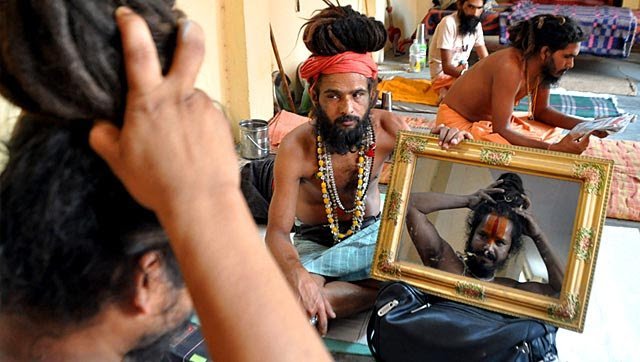Swami Amarnath Yatra, which culminates every year on Raksha Bandhan, has remained the most revered and popular pilgrimage particularly during Dogra kings, who would accord utmost importance to the Yatra and ensure foolproof measures for its successful culmination under the Dharamarth Department, Srinagar.
Some of the official files relating to Amarnath Yatra of 1942-43 have been preserved by the Department of Archaeology, Archives and Museums (J&K) at Jammu. After having accessed them by Kashmir Rechords, the files reveal interesting data related to the Yatra. There used to be no prior registration of pilgrims, as is presently in vogue. Further, the pilgrimage was being undertaken only via Pahalgam-Chandanwari-Sheshnag route and not through Sonmarg- Baltal track, which is now being frequently used by pilgrims.
Darshan only on “Shravan Purnima’’
Unlike nowadays, the pilgrims would have Darshan of the holy ice lingam at the cave shrine only on “Shravan Purnima” which coincides on the day of Raksha Bandhan. However, arrangements for the smooth conduct of this annual pilgrimage were being made well in advance before the first week of July every year.
Amarnath Yatra of 1943
As per a records, the Amarnath Yatra in 1943 comprised a good number of devotees from all parts of the erstwhile State, mostly Kashmiri Pandits and Sadhus. It started on August 2 from the historical Dashmi Akhara, Srinagar, and pilgrims had darshan on Sunday, August 15. The “Charri Mubarak” (holy mace) was back in Pahalgam on August 17.
About 7,000 pilgrims had performed darshan of Lord Shiva that year as against 2,050 in 1942. The records further reveal that 800 ponies, 1,200 coolies and 150 palkies were put in use to help devotees undertake hassle-free darshan of the lingam. That year, Shivdev Singh, Wazir-e-Wazarat, Anantnag, was the Camp Officer

Use of Kangris, Pulhours
Prior to the commencement of the Yatra, the officer in charge, Dharamarth Department, had on July 12, 1943, requisitioned for adequate number of jackets, Kangris, charcoal and Pulhours (shoes made of grass).
There was officially no loss of human life, although Lahore-based Urdu dailies Milap and Hamdard had reported in their issues dated August 23, 1943 that four pilgrims had died while performing Yatra. The news was, however, contradicted by State’s Publicity Officer, SL Kaul.

